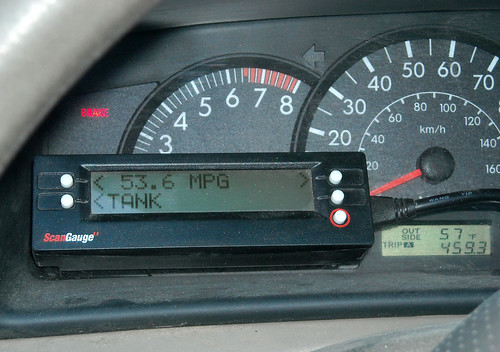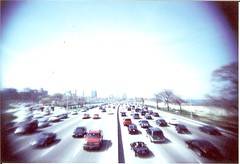Wall Street Journal: Florida Highway Upgrade Goes Private
Florida Deal With Spanish-Led Group Serves as a Model for Cash-Strapped States
(Source: Wall Street Journal)
Cash-strapped Florida is paying a private contractor to fix up and operate a toll road instead of doing the work itself — and other states might follow.
In a deal struck last week, a Spanish-led group will be paid as much as $1.8 billion over 35 years to design, build, operate and maintain three new toll lanes along traffic-clogged Interstate 595 near Fort Lauderdale. The agreement came as something of a surprise during a period of turmoil in credit markets, and many experts called it a model for how states and private investors can work together to upgrade the nation’s aging roads, bridges and other transportation infrastructure.
“This project is a harbinger of what we may be seeing over the next decade or so, as we don’t have enough money for major construction,” said Robert Poole, director of transportation studies at the Reason Foundation, a free-market think tank.
Florida, Texas, Virginia and many other states are increasingly looking to road-privatization deals to close a growing gap between their infrastructure needs and their available resources. Even with an additional $48 billion in stimulus funds on its way to states for transportation work, many states are being forced to cut projects because traditional sources of such funding, such as gasoline taxes and levies on vehicle sales, have declined.








 The low-carbon fuel standard, if approved next month by the state’s
The low-carbon fuel standard, if approved next month by the state’s 